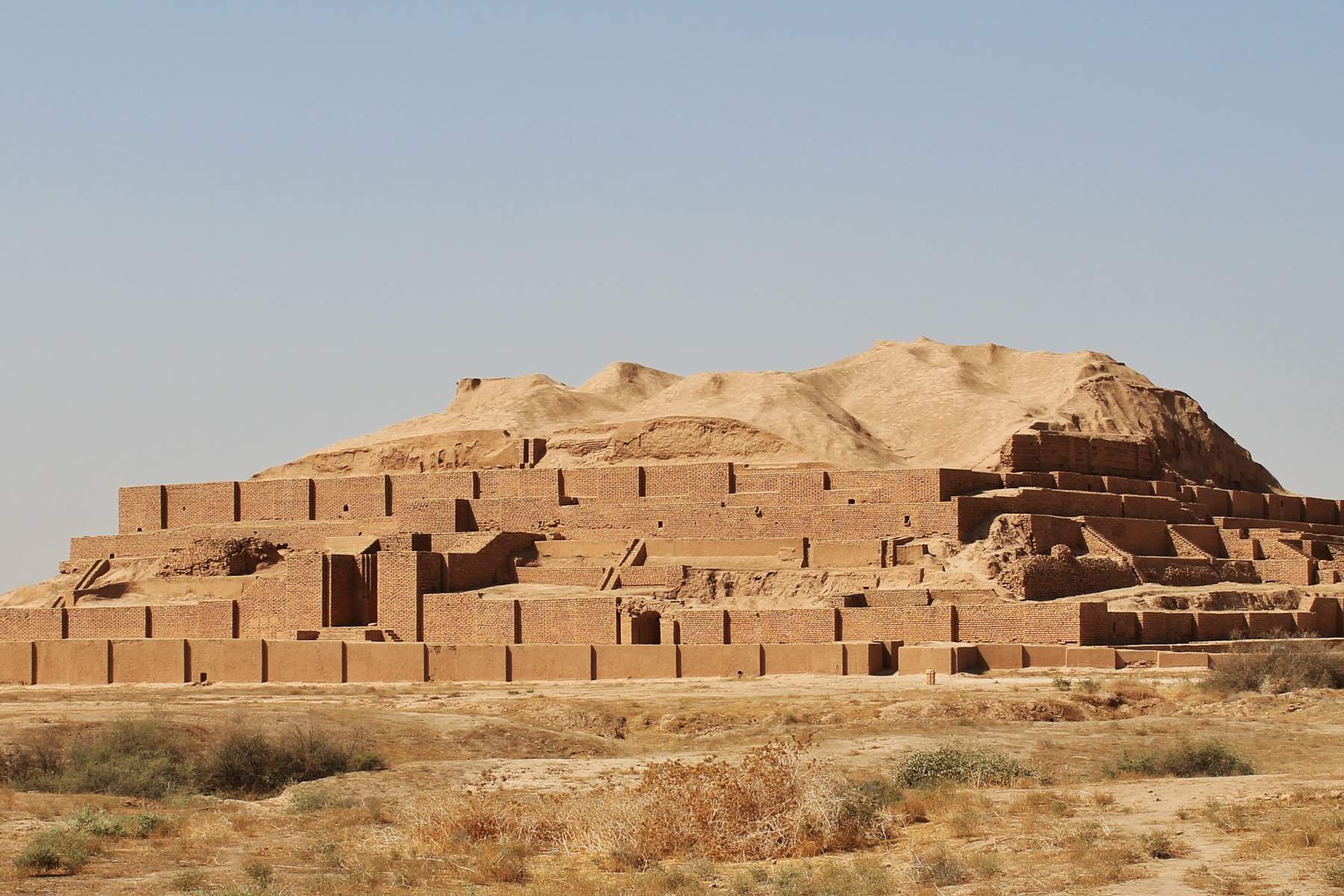
How did Elam's invasion shape Mesopotamia's history? Elam, an ancient civilization located in modern-day Iran, played a crucial role in the history of Mesopotamia. Known for its complex interactions with Mesopotamia, Elam's influence spanned from trade relations to military conflicts. Despite being less documented than Mesopotamia, Elam contributed significantly to the region's cultural and political landscape. From adopting Mesopotamian writing systems to engaging in extensive trade, Elam's presence left an indelible mark. This article delves into 20 key facts about Elam's invasion into Mesopotamia, shedding light on the intricate relationship between these two ancient civilizations.
Elam and Its Geographical Significance
Elam, an ancient civilization, played a crucial role in the history of Mesopotamia. Understanding its geographical location helps us appreciate its influence and interactions with neighboring regions.
-
Geographical Location: Elam was situated in what is now Khuzestan and Ilam Province in Iran, extending into a small part of southern Iraq. This strategic position allowed Elam to interact extensively with Mesopotamia.
-
Ancient Civilization: Flourishing from the late prehistoric periods until the early Islamic period, Elam was a significant Pre-Iranian civilization. Its longevity highlights its resilience and adaptability.
Cultural and Religious Aspects of Elam
Elam's culture and religion, though not as well-documented as Mesopotamia's, offer intriguing insights into its society.
-
Cultural Achievements: Historians suggest that Elam's cultural accomplishments were not as extensive as Mesopotamia's. However, the civilization's contributions still hold historical importance.
-
Religious Beliefs: Elamites likely practiced polytheism, worshipping multiple deities. Unfortunately, no religious materials have been uncovered to provide more details.
Art, Architecture, and Language
Elam's art, architecture, and language reveal much about its interactions with Mesopotamia and other neighboring cultures.
-
Art and Architecture: Elamite art and architecture styles appear to have been borrowed from Babylonia. The ziggurat, a pyramidal temple, was a common feature in Elamite temples.
-
Metal Usage: Metals played a significant role in Elamite life. Figurines with intertwined metals and gold and silver statuettes symbolized protection, well-being, and a long life.
-
Language: The Elamite language is thought to be isolated and unrelated to other languages of the time. It survived until the early Islamic period and may have links to isolated languages in India.
Elam's Interactions with Mesopotamia
Elam's interactions with Mesopotamia were marked by both conflict and cultural exchange, shaping the history of both civilizations.
-
Assyrian Influence: The Assyrians decimated the Elamite nation, but the culture and its people carried on to the Hellenistic period and beyond.
-
Historical Records: Multiple references to "Elam" can be found in the New Testament. The Elamite language is one of the languages heard at Pentecost, a Christian holiday celebrated after Easter.
Elamite Kingdoms and Their Impact
The Elamite kingdom was divided into several periods, each with significant interactions with Mesopotamia.
-
Elamite Kingdoms: The kingdom was divided into the Early Dynastic Period, Old Elamite Period, Middle Elamite Period, and Neo-Elamite Period. Each period saw notable interactions with Mesopotamia.
-
Susa as Capital: Susa, the capital of Elam, played a crucial role in its history. It was a major center of trade and culture, influencing both Elamite and Mesopotamian civilizations.
Trade and Military Conflicts
Trade relations and military conflicts between Elam and Mesopotamia were complex and multifaceted.
-
Trade Relations: Elam had extensive trade relations with Mesopotamia, exchanging goods such as textiles, metals, and agricultural products. These relations were marked by periods of conflict and diplomacy.
-
Military Conflicts: Several military conflicts occurred between Elam and Mesopotamia. One notable war was between Elam and the Akkadian Empire under Sargon the Great, leading to significant territorial losses for Elam.
Cultural Exchange and Influence
Despite conflicts, there was significant cultural exchange between Elam and Mesopotamia, enriching both civilizations.
-
Cultural Exchange: Elamite art and architecture influenced Mesopotamian styles, while Mesopotamian writing systems like cuneiform were adopted by the Elamites.
-
Enheduanna’s Influence: Enheduanna, the world’s first named author, was a priestess of the Sumerian goddess Inanna. Her writings influenced both Sumerian and Elamite cultures.
Mesopotamian Influence on Elam
The Sumerians and Akkadians had a profound impact on Elamite culture, shaping its development.
-
Mesopotamian Influence on Elam: The Sumerian script, cuneiform, was adopted by the Elamites. Their literature reflects a mix of Mesopotamian and Elamite influences.
-
Agricultural Practices: Both Elam and Mesopotamia developed complex agricultural societies. The Sumerians used geometry to survey land for agriculture and irrigation, practices likely adopted by the Elamites.
Scientific Contributions and Writing Systems
Elam and Mesopotamia made significant contributions to science and writing, influencing future civilizations.
-
Astronomical Contributions: Mesopotamian astronomers studied the heavens, predicted eclipses, and created zodiac signs. These contributions were likely shared with the Elamites, who also developed a sophisticated understanding of astronomy.
-
Writing System: The invention of writing in Mesopotamia around 3400 BCE revolutionized record-keeping and literature. The Sumerians developed cuneiform, which was later adopted by the Elamites.
-
Legacy: The legacy of Elam and Mesopotamia continues to influence modern cultures. Studying these ancient civilizations provides valuable insights into the development of complex societies, trade relations, and cultural exchange in the ancient world.
The Lasting Impact of Elam's Invasion
Elam's invasion into Mesopotamia left a mark on history. This ancient civilization, nestled in modern-day Iran, played a pivotal role in shaping the cultural and political landscape of Mesopotamia. From their unique language to their architectural styles, the Elamites influenced and were influenced by their Mesopotamian neighbors. The conflicts and trade relations between these two regions led to significant cultural exchanges, enriching both societies. Elam's adoption of cuneiform writing and their contributions to art and architecture highlight the interconnectedness of ancient civilizations. Despite the eventual decline of Elam due to Assyrian conquests, their legacy persisted through the Hellenistic period and beyond. Understanding Elam's invasion into Mesopotamia provides valuable insights into the complexities of ancient history and the enduring impact of cultural interactions. The story of Elam and Mesopotamia is a testament to the rich tapestry of human civilization.
Was this page helpful?
Our commitment to delivering trustworthy and engaging content is at the heart of what we do. Each fact on our site is contributed by real users like you, bringing a wealth of diverse insights and information. To ensure the highest standards of accuracy and reliability, our dedicated editors meticulously review each submission. This process guarantees that the facts we share are not only fascinating but also credible. Trust in our commitment to quality and authenticity as you explore and learn with us.


